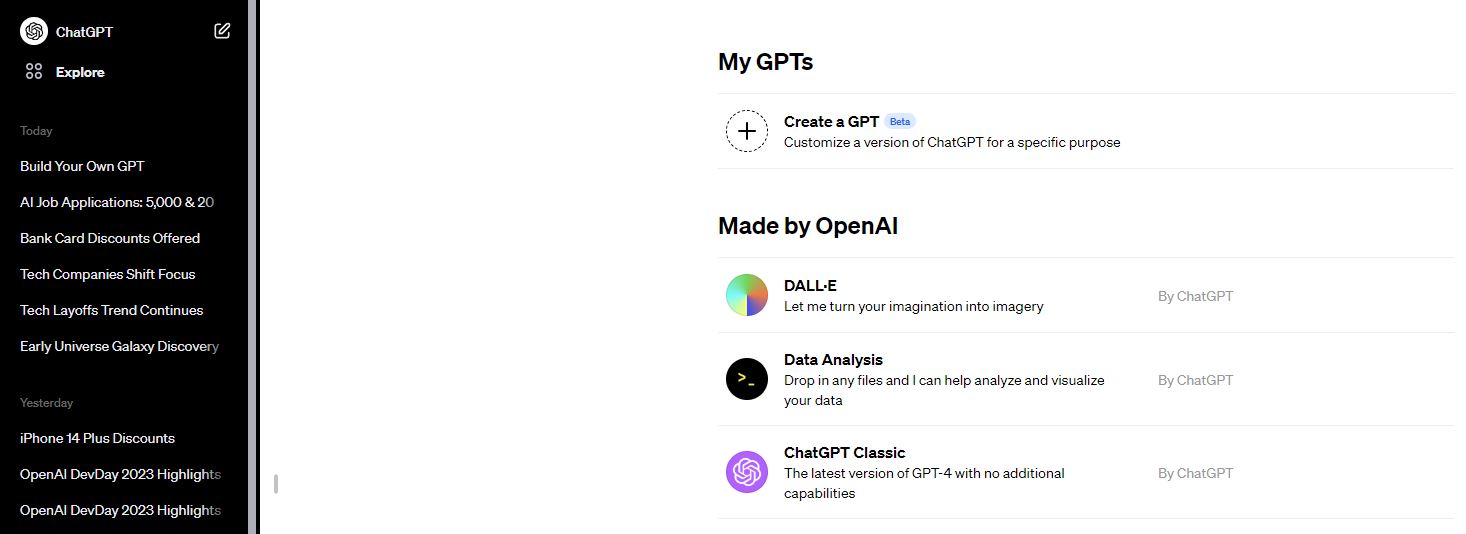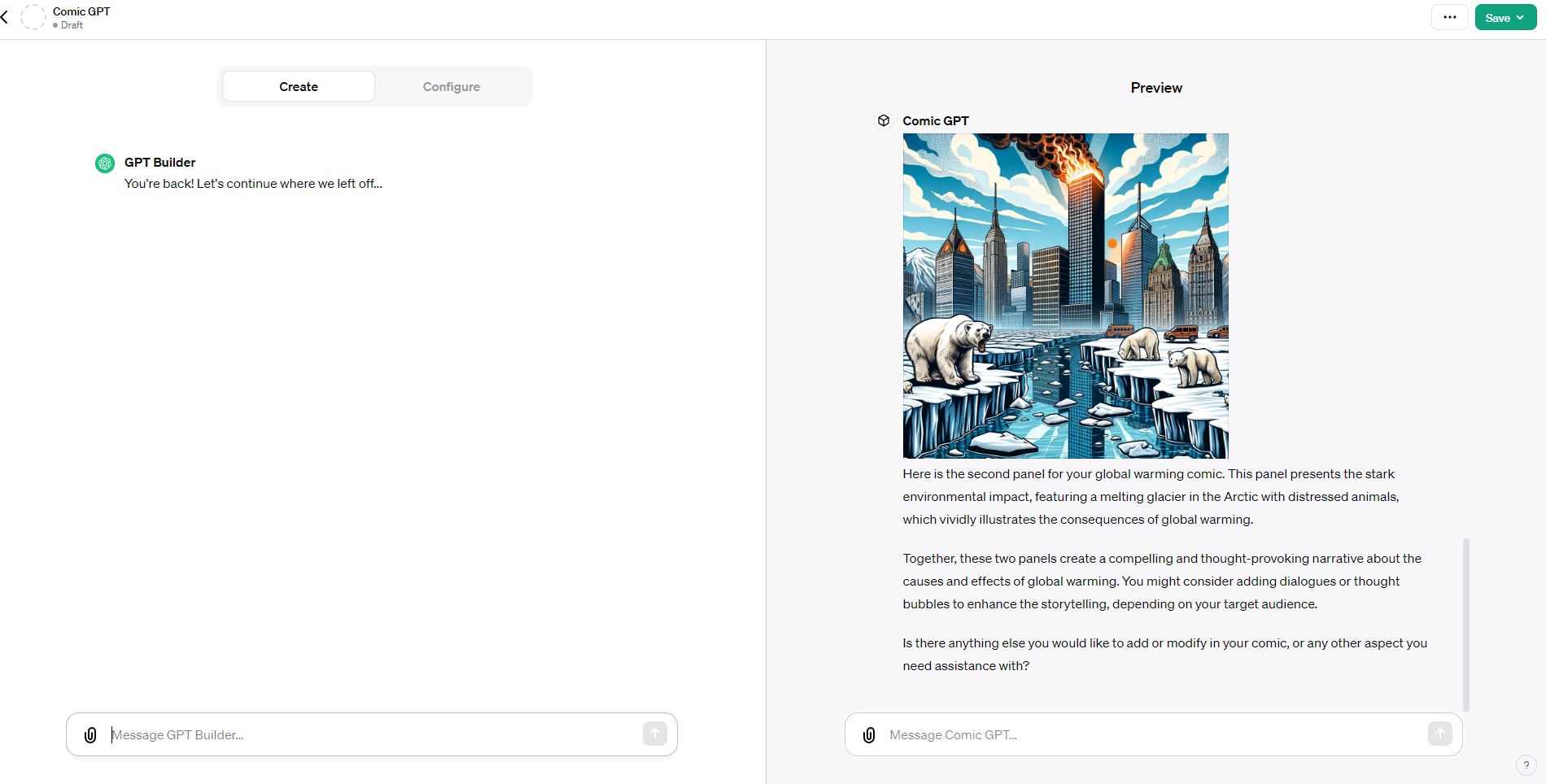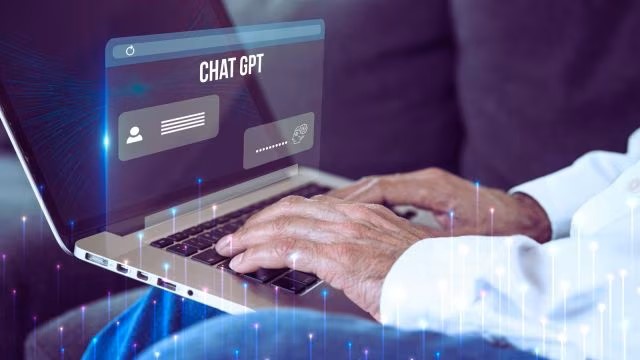Only last week, we shared how OpenAI CEO Sam Altman roasted Elon Musk all the while flaunting the capabilities of GPT Builder. Altman’s comments are valid, as with the slew of upgrades introduced to ChatGPT, it is certainly a game changer. GPT, which stands for Generative Pre-trained Transformers, is at the moment reshaping the way we interact with AI. And, this has been possible because of the recent upgrades announced at OpenAI’s first-ever developer conference.
After much noise and some confusion, ChatGPT’s custom GPT feature is here. This groundbreaking innovation allows anyone to create their own GPT applications without the need for expertise in coding.
Before we know about custom GPT, it is vital to understand how these models work. Experts suggest that the best way to do this is by experimenting with existing apps. This can be done by picking up any app and offering specific information to receive customised outputs. This is kind of a hands-on experience that will help you get an understanding of the potential and possibilities of GPT apps.
Here’s a brief guide on how you can make use of this technology to build custom GPT apps that are customised based on your needs.
How to create your personalised GPT app?
Start by logging in to your ChatGPT account, and head to the Explore section on the top left of your screen. The same screen will show you all your GPT apps. Select the ‘Create My GPT’ option. Once you enter the new screen, you will be required to input a prompt informing ChatGPT about what kind of GPT you wish to create and what should be its functions.
ChatGPT allows you to refine your prompt, as it will ask a few follow–up questions to help you improve your idea which can help in creating the best version of your GPT concept. Once created, your GPT will be shown on the right side of the screen for testing and further customisation.

For example, I created a GPT dedicated to making comic strips on complex topics and named it Comic GPT. Here I can share prompts, and upload screenshots for design recommendations. Based on the ease of use, I feel the focus here was on simplicity, making it accessible to users with zilch technical knowledge.
I used the prompt: “Create a 2-panel comic on global warming using DALLE-3”
In its response, Comic GPT first gave detailed descriptions of the panels that it was going to create. It later shared images created based on the prompt. It is to be noted that this is not perfect, it was just our way of illustrating how a newly built GPT functions. Users can refine their prompts as needed to get the optimum outcomes.
 I created a GPT dedicated to making comic strips on complex topics and named it Comic GPT (Express Photo)
I created a GPT dedicated to making comic strips on complex topics and named it Comic GPT (Express Photo)
Another exciting factor of Custom GPT is the ability to save and share your GPT creations with your friends and coworkers. This collaborative feature enhances utility and also encourages a community-driven approach to AI. Users can share their GPTs via links. However, only users of ChatGPT Plus will be able to use the GPT via links. Also, the creators of GPTs will not be able to see the chats people are having with them. As of now, there is no clarity on the usage of data the users will get to access.
OpenAI has said that it will be closely monitoring activity to prevent fraud, adult themes and hate speech. Custom GPT is only accessible to paid subscribers and this may add to accelerating the company’s revenue.
With Custom GPTs OpenAI will now be challenging a wide range of AI platforms. This is because the company has positioned itself as more utility-oriented. This is also seen as bringing GPT a step closer to OpenAI’s broader vision of Artificial General Intelligence or AGI.
Our take:
Custom GPT is essentially democratising GPT technology and is bound to be a game-changer as it will offer boundless opportunities for innovation and customisation in AI. Doesn’t matter if you are a tech enthusiast, looking to streamline tasks at work, or simply intrigued about AI, the ability to build your own GPT apps without coding is a significant leap. This enables users to create their own tools that are not only functional but also customised to meet their unique requirements. As OpenAI continues to expand the capabilities of GPT, the potential for personalised AI solutions in everyday life seems to be becoming increasingly exciting.
Credit:vThe Indian Express

